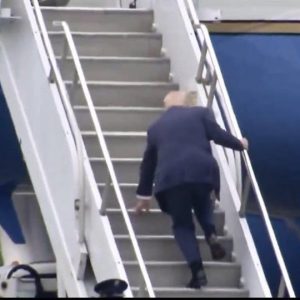In the days leading up to a major escalation, Iran warned the United States of severe consequences should it carry out airstrikes. Despite this, President Donald Trump authorized a military operation on Saturday, deploying 125 aircraft to strike three of Iran’s nuclear sites—Fordow, Natanz, and Isfahan. In a national address, Trump stated that the goal was to dismantle Iran’s nuclear enrichment capabilities, calling Iran the top state sponsor of terrorism. He also warned that any Iranian retaliation would be met with overwhelming force. According to reports, Iran had threatened to activate sleeper-cell terrorists already in the U.S. if attacked. This prompted U.S. authorities, especially in New York City, to raise security, focusing on Jewish, Persian communities and tourist hubs like Times Square.
The broader conflict began when Israel launched a deadly strike on Iranian military and nuclear sites on June 13, claiming Iran was fast-tracking its nuclear weapons program. Iran responded by firing missiles at Israel, some of which breached Israeli defenses. The violence has led to at least 950 deaths in Iran, including 380 civilians, and 24 in Israel. Following the U.S. strikes, Iranian officials condemned the action as a violation of international law and warned of “everlasting consequences.” Meanwhile, British Prime Minister Keir Starmer urged Iran to return to negotiations and stressed that it must never acquire nuclear weapons. Trump hailed the strikes as a success, asserting that the targeted facilities had been “obliterated,” though Iran denied suffering major damage.




